One of the most delightful parts of learning about nature is learning to identify the species that you come across. Whether you’re birdwatching or neat bugs on a hiking trip, Earth’s biodiversity is an endless sort of wonder. However, it can also be a little overwhelming. Scientists organize knowledge of different species and their relations to one another in a process called taxonomy.
Understanding taxonomy helps us make sense of the natural world. It also clarifies the meaning of technical language that naturalists and scientists tend to use. For example, have you ever wondered about the difference between a genus and a family? In this Outdoor Tips post, you’ll get a crash course in taxonomy and some of the neat lingo that comes with it.
What is taxonomy?

Taxonomy is about making sense of nature. This is particularly obvious from its name, which comes from the Greek words for “order” and “law”. Specifically, it refers to the practice of describing, naming, and classifying forms of life on Earth. Thanks to taxonomy, we have a system for identifying wildlife of all kinds. In other words, using a field guide or outdoor app, it’s relatively straightforward to learn more about any given plant or animal.
Old-school: the roots of taxonomy
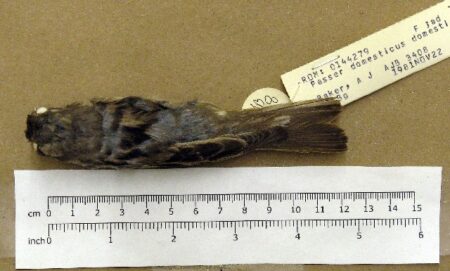
Western scientists and naturalists have worked for centuries to try and make sense of the incredible richness of life forms. As scientific knowledge of biology increased, taxonomic systems improved and better explained what people were seeing.
Earlier taxonomic systems were based on observations of shared characteristics. In other words, naturalists sorted species based on things they had in common. Complementarily, they also separated species based on their differences. For example, they considered mosses and lichens as similar because they were both small and green.
Over time, naturalists used increasingly detailed characteristics. For instance, many distinguished groups of birds and reptiles based on tiny differences in their skulls. Alternatively, many dragonflies and beetles are distinguished by differences in their genitalia!
The cutting edge

Modern taxonomies take advantage of genetic information. Generally speaking, they use information from the genetic “code” of different species to keep track of their degree of relatedness. This is more or less a similar process to how paternity tests work. By finding shared genetic characteristics, scientists can establish links between species, finding where they are more similar vs. different.
There is one major difference, however: evolutionary relationships. Because all life on Earth shares a single common ancestor, it’s possible to organize classifications as a hierarchy. In other words, we can clarify that difference between plants and animals is larger (and older!) than that between dogs and cats.
Although this might not seem particularly striking, it has led to some neat insights. For example, we now know that we are more closely related to mushrooms (fungi) than to plants. Based on shared physical characteristics, people grouped fungi and plants more closely together for many years.
Taxonomic ranks

Perhaps the most important thing about understanding taxonomy for naturalists is understanding taxonomic ranks. These are the ordered groupings of organisms on the planet according to their levels of genetic relatedness. Specifically, the highest or broadest taxonomic ranks group organisms by their biggest differences. By contrast, smaller ranks distinguish them by more minor differences.
Although the list of ranks has changes with our understanding of the tree of life, its current form looks like this:
- Domain
- Kingdom
- Phylum
- Class
- Order
- Family
- (Sometimes) Subfamily or Tribe
- Genus
- Species
- (Sometimes) Subspecies
In the above list, Domain and Kingdom are the highest taxonomic ranks, representing the biggest differences. Genus and species, which together make up the binomial nomenclature of scientific names, are some of the smallest.
The taxonomic ranks have a hierarchical structure. This means that each domain contains multiple kingdoms, each order contains multiple families, and so on.
Helpful, but not “real”
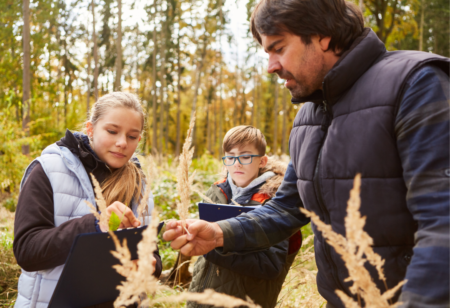
It’s important to recognize that these discrete categories are ultimately somewhat arbitrary. In other words, although they are based in a real understanding of differences between life forms, their status as one type or rank or another is something we use for convenience. While the differences between organisms are more of a massive spectrum, it’s easier for us to assign them these categories. It helps us better compare different types but it does not necessarily describe a comparatively measurable difference.
For example, the differences between families of certain plants and families of certain insects do not represent the same level of difference. However, the extent of relative difference should always be obvious and helpful. That is, differences between higher taxonomic ranks should always be larger and broader than those between smaller taxonomic ranks.
Domains
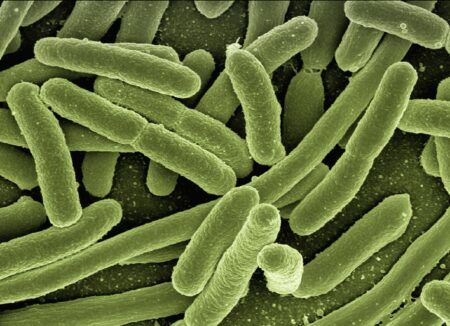
Domains are the largest division of the tree of life. There are only three:
- Archaea
- Bacteria
- Eukarya
These can also be grouped into the prokaryotes (archaea and bacteria) and the Eukaryotes (Eukarya). The prokaryotes are all microscopic organisms, and the main differences between them have to do with their cell walls and membranes. They are both extremely diverse and represent the majority (in terms of number!) of organisms on Earth.
By contrast, the eukaryotes, include all plants, animals, and fungi. Chances are if you can see a living thing with your naked eye, it belongs in the domain eukarya. The major difference is that they have easily distinguished functional parts in their cells (called organelles), and many of them are multicellular.
Kingdoms
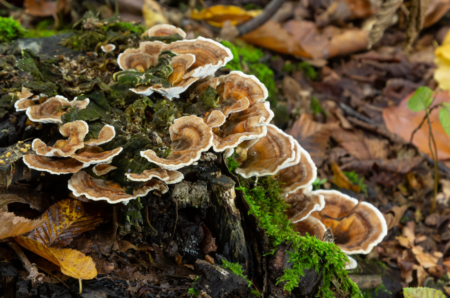
Kingdoms might be the taxonomic rank that is most familiar to people. Additionally, they tend to be the most intuitive and easy to understand. Generally speaking, the typical elementary or primary school student could easily sort living things by kingdom. Depending on who you ask, there are six (or five) kingdoms:
- Animalia (all animals, including reptiles, amphibians, birds, mammals, etc.)
- Plantae (the plants)
- Fungi
- Protista (a bizarre mix of weirdos and misfits)
- Archaeabacteria
- Bacteria
Some experts combine the last two groups into monera, making for only five kingdoms.
Middle levels of taxonomy: Phylum, Class, Order, Family, Subfamily/tribe
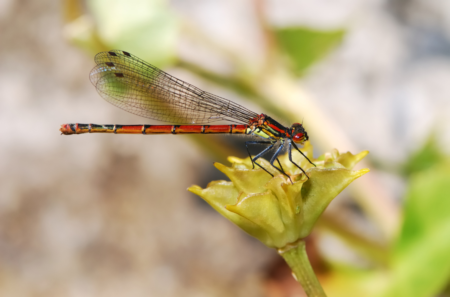
The middle taxonomic ranks are the messiest and most arbitrary. Consequently, they are also among those which change the most. For some groups of organisms, certain ranks are relatively well-defined, but others not so much. For example, learning families of birds and orders of insects is relatively straightforward and a great activity for beginner naturalists.
Zooming in just a little bit on the tree of life, things get complicated quickly. In the animal kingdom alone, there re something like 31 phyla (the plural of phylum)! Instead of listing them all, it might be worth mentioning a couple that might be familiar to readers. For instance, the phylum arthropoda includes all of the animals with exoskeletons and jointed or segmented parts. This includes both insects and crustaceans, for example.

If you’ve ever heard people distinguish vertebrates from invertebrates, they’re referring to the subphylum vertebrata. These are animals with spinal columns, which themselves are a group within the phylum chordata, animals with central nerve chords.
If you’ve ever pondered the strangeness of water bears, they represent their own phylum, tardigrada.
Getting into the details: Genus and species
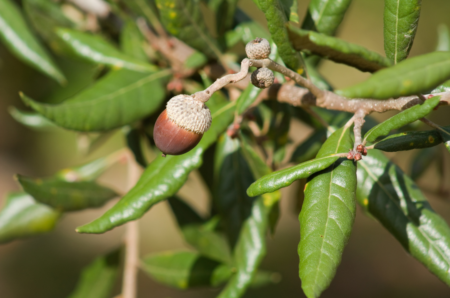
As I mentioned earlier, genus and species are the two taxonomic ranks that make up scientific names, also known as Latin names. These lower taxonomic ranks are often a little less arbitrary. For many animals, for example, scientists define species using the biological species concept. This is the idea that in order for two organisms to be in the same species, they have to be able to produce viable offspring.
For example, horses and donkeys can crossbreed to produce mules, but those are typically infertile themselves. Furthermore, this works for many plants, where placing pollen from one species on the flower of another doesn’t often lead to the development of viable seeds.

This system breaks down for organisms that don’t have sex to reproduce. For example many microbes that can trade genetic material but also clone themselves. In other words, the system is still a little messy, but it works well enough for most species that we encounter. There are many other scientific definitions of species, but that’s a blog post for another time!
Most genera (the plural of genus) of plants, animals, and fungi are relatively intuitive, since they reflect fairly close relatives. For instance, the genus Quercus is the oaks; if you can tell an oak from another tree, you can correctly identify this genus.
Thanks for reading about taxonomy basics!
I hope that this crash course in taxonomy was a helpful introduction. If you’d like to see additional tips and crash-courses on Gulo in Nature, let me know in the comments or drop me a line using the Contact page!

